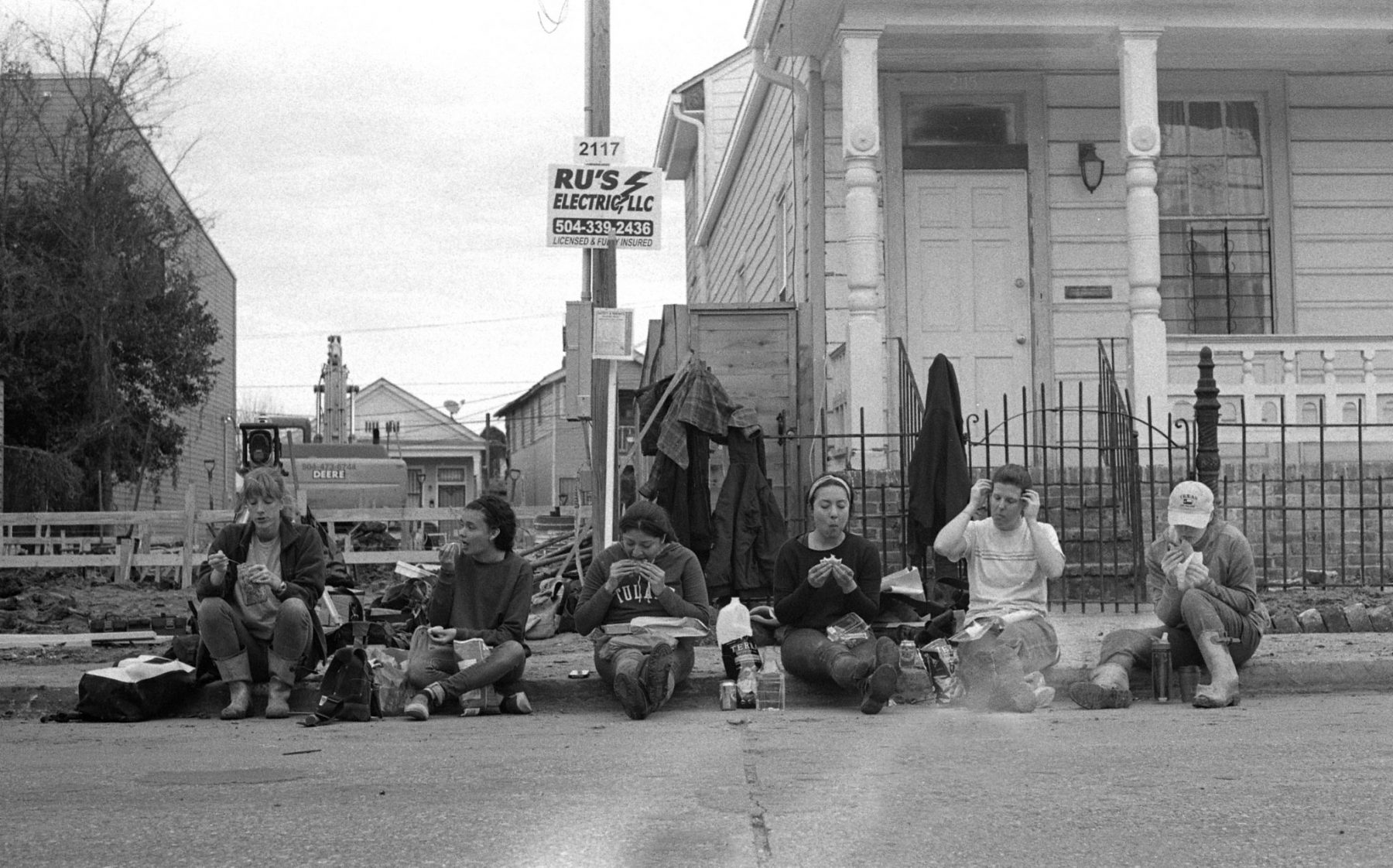New Orleans is a city with a rich and unique architectural and cultural heritage. Its passionate, creative citizens face a complex range of urban and environmental challenges. The people and qualities of this city combine to create a dynamic environment for the study of architecture and design.
Since 2005, Tulane University School of Architecture’s URBANbuild program has worked to help revitalize New Orleans neighborhoods that faced particular hardships both before and after Hurricane Katrina, one design/build project at a time. Program Director Byron Mouton shared these reflections about the city, which is also his hometown:
“New Orleans is a city of contrasts in adjacency. Rich and poor, black and white, left and right, high ground and low ground: these contrasts intermingle without a clear divide. That allows us to step into the fringe zones and make an impact without being imposing.
New Orleans neighborhoods are authentically old, and many of them are in desperate need of repair. Rather than replicate the existing homes in these neighborhoods with copies of historic architecture, we posit that older homes need to be renovated and preserved, and where new homes are being constructed, we offer alternative architectural possibilities. Architects are trained to recognize dualities: darkness and light, mass and void, prospect and refuge. From duality and contrast comes vibrancy and dynamic energy—things can be perceived more as what they are when juxtaposed with their opposites. So, placing a new structure adjacent to a restored and revitalized historic home enhances or highlights the valuable qualities in each typology.
When designing these homes, we respect the scale and character of the neighborhood—though, it’s important not to confuse character with style. We pay careful attention to the traditions of the inviting entry porch or stoop, interior volumes that are significant in height, design that makes the best possible use of natural light and air, and exterior spaces for cooking and socializing, all of which are typical of New Orleans homes. We preserve the character of these neighborhoods by designing new homes that possess many of the qualities of old New Orleans architecture and yet offer a stylistic alternative to traditional housing.”


